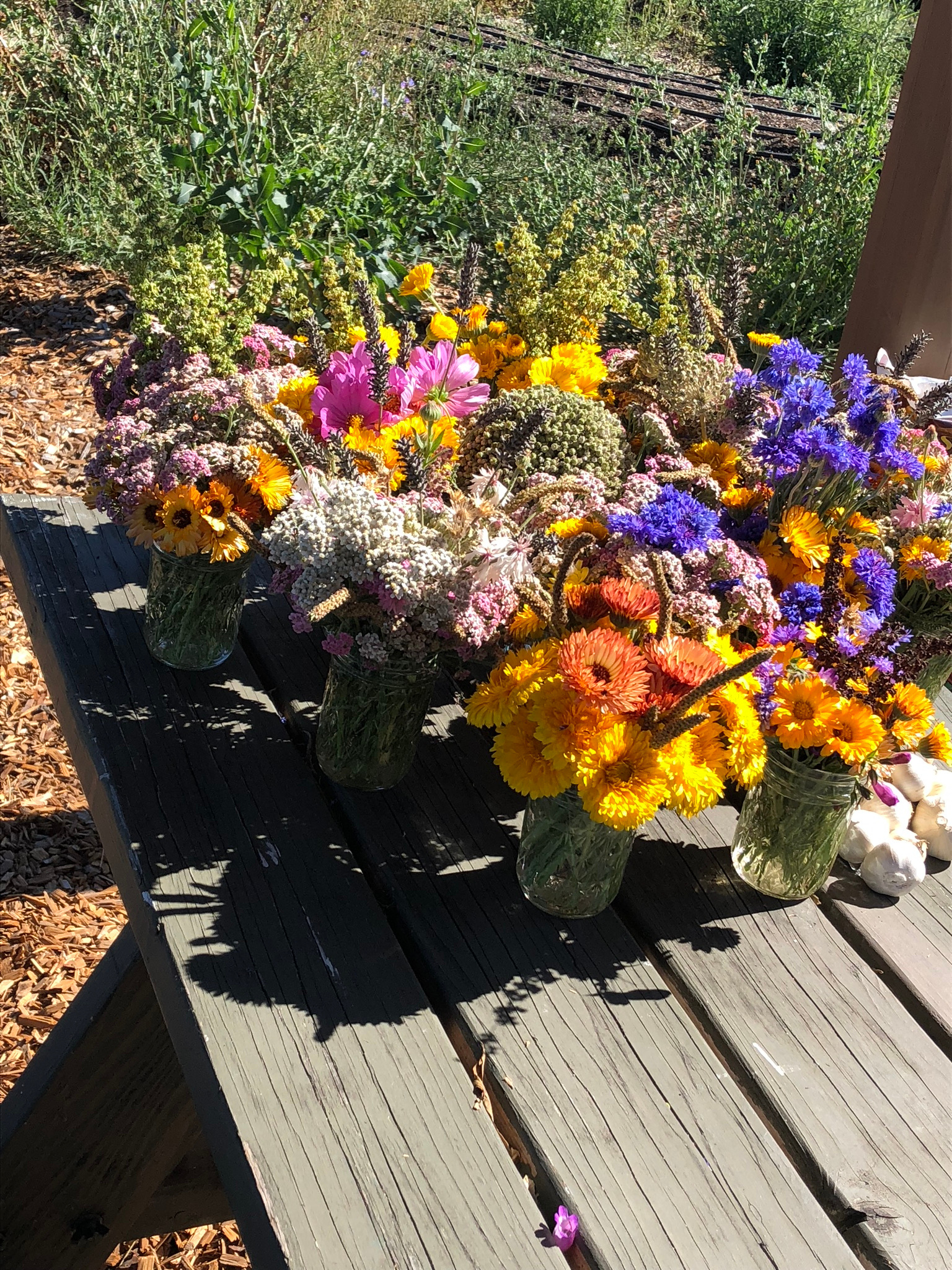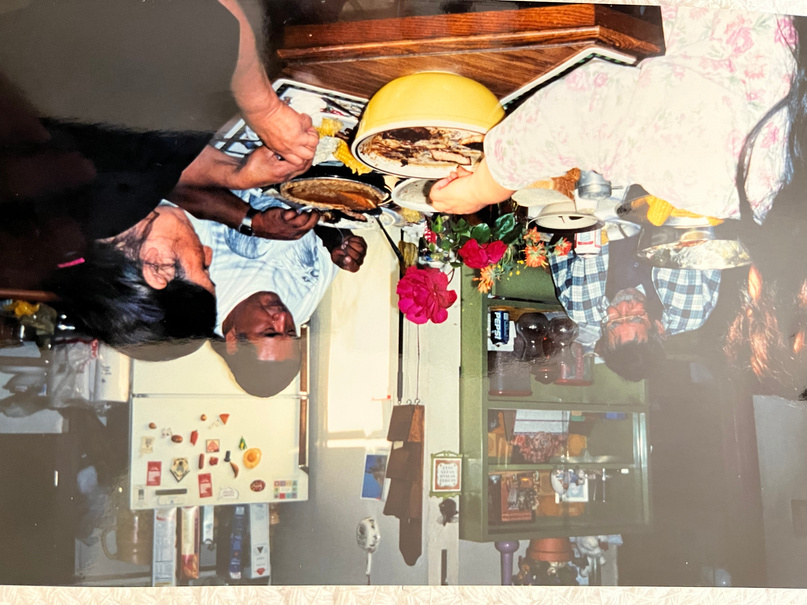
A Multi-Media Presentation
for the
Lemelson Anthropological Honors Program
by Tavi Carpenter

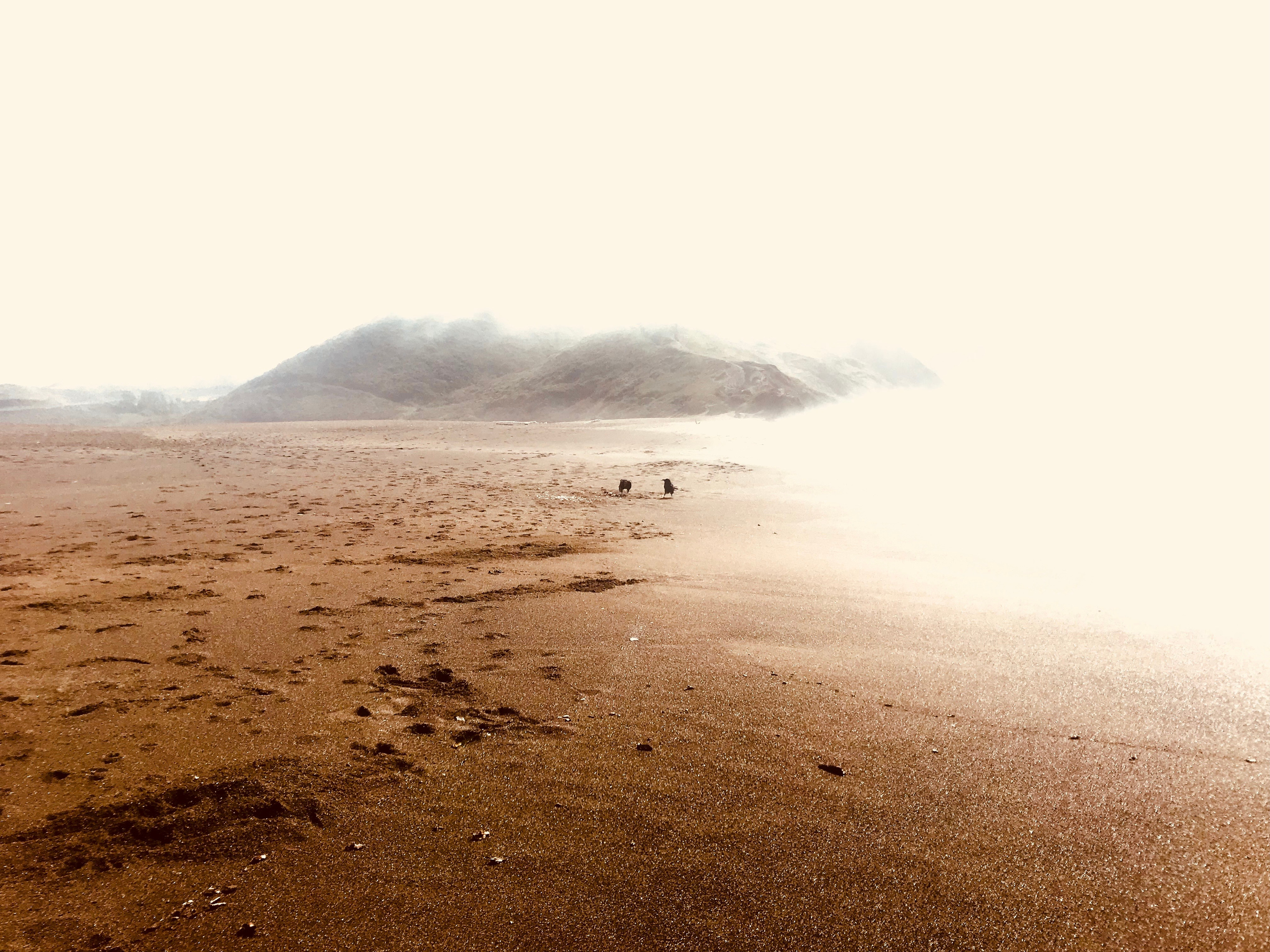
Welcome!
My name is Tavi Carpenter and this is a multi-media presentation of my research project, "We're Indigenous from here, right here" for the Lemelson Anthropological Honors Program at UCLA.
My research took place in the Sonoma County region in Northern California where I was fortunate enough to conduct semi-structured interviews with 10 Tribal citizens of the Federated Indians of Graton Rancheria in the quest of understanding Indigeneity. For this presentation, I am looking at how land informs identity as a living entity that exists as kin holding together community, sharing knowledge of care and balance, and lastly acting as a witness to the hardship, violence, survivance and joy throughout time immemorial.
How to use this site:
The site is set up so that you can scroll through each page that is arranged in an order that guides through time, space, thoughts and emotion.
However, you are also free to explore the various pages by using the buttons on either side of this page, as well as the tabs at the top.
Make sure to turn on the sound for the videos!
By using different mediums to engage your attention, I hope I am able to give you deeper insight into the different layers of indigenous identity.
To go directly to the short film connected to this project click here
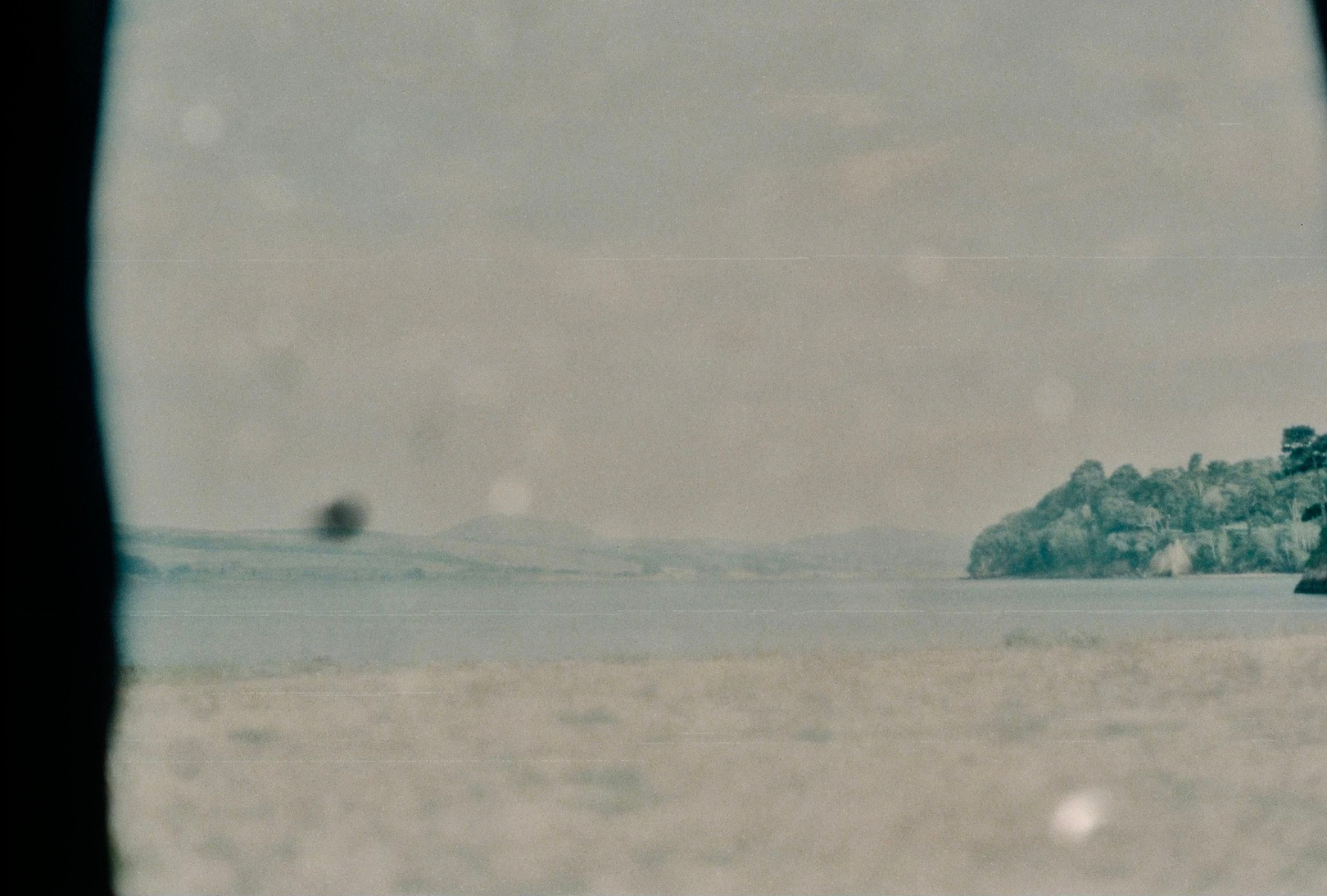

Tribal Independence
(Pre-European Contact)
Tribal Independence
(Pre-European Contact)
Historical Eras:
European
Imperialistic
& Colonial Exploration Era
1542-1769
European
Imperialistic
& Colonial Exploration Era
1542-1769
1579
Earliest recorded account of Coast Miwok people encountering Europeans
(Sir Francis Drake's Ship)
1579
Earliest recorded account of Coast Miwok people encountering Europeans
(Sir Francis Drake's Ship)
Mission
Occupation
Era
1769-1834
Mission
Occupation
Era
1769-1834
Mexican Republic Occupation Era
1834-1848
Mexican Republic Occupation Era
1834-1848
1846-1848
Mexican-American War
1846-1848
Mexican-American War
California Genocide Era
1846-1873
California Genocide Era
1846-1873

1848
Gold Discovered
1848
Gold Discovered
1850
California becomes part of the United States
1850
California becomes part of the United States
1851-1852
18 treaties negotiated with California Tribes but never ratified and kept secret
1851-1852
18 treaties negotiated with California Tribes but never ratified and kept secret
1851
California Land Act passed, extinguishing California Indian's right to land, as well as establishing vagrancy laws that specifically targeted California Indian people
1851
California Land Act passed, extinguishing California Indian's right to land, as well as establishing vagrancy laws that specifically targeted California Indian people
Allotment & Assimilation Era
1887-1934
Allotment & Assimilation Era
1887-1934
1905
Secret treaties are exposed, this lead to the "passing of a series of appropriation" between 1905-1910 for the purchase of tracts of land, establishing the Rancheria system
1905
Secret treaties are exposed, this lead to the "passing of a series of appropriation" between 1905-1910 for the purchase of tracts of land, establishing the Rancheria system
1920
15.45 acres of land purchased in Sebastopol for "landless Indians" of the Marshall, Bodega, Tamales, Santa Rosa, and Sebastopol region called the Graton Rancheria
1920
15.45 acres of land purchased in Sebastopol for "landless Indians" of the Marshall, Bodega, Tamales, Santa Rosa, and Sebastopol region called the Graton Rancheria
1924
Congress grants all Native Americans born in the
US citizenship
1924
Congress grants all Native Americans born in the
US citizenship
Indian Reorganization Era
1934-1953
Indian Reorganization Era
1934-1953

1934
the passage of the Indian Reorganization Act reconstituted tribal governments, thus making the Graton Rancheria a recognized tribe
1934
the passage of the Indian Reorganization Act reconstituted tribal governments, thus making the Graton Rancheria a recognized tribe
Termination Era
1953-1968
Termination Era
1953-1968
1958
Congress passes the California Rancheria Act of 1958 terminating all 41 Rancherias, including the Graton Rancheria, taking the land out of trust
1958
Congress passes the California Rancheria Act of 1958 terminating all 41 Rancherias, including the Graton Rancheria, taking the land out of trust
Self-Determination Era
1968-present
Self-Determination Era
1968-present
2000
The Federated Indians of Graton Rancheria are federally restored, establishing them as a sovereign nation
2000
The Federated Indians of Graton Rancheria are federally restored, establishing them as a sovereign nation
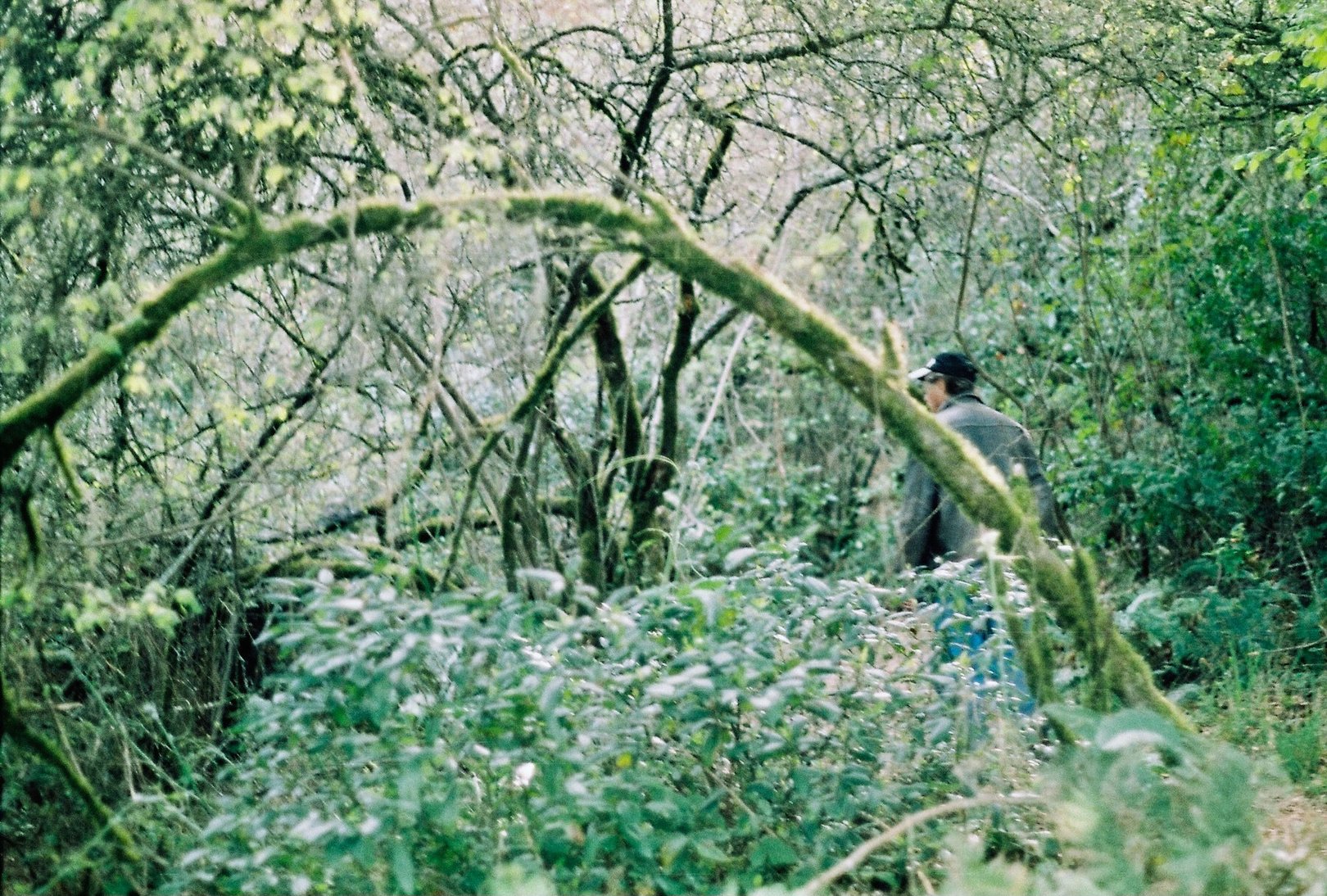
Our Ancestral Home:
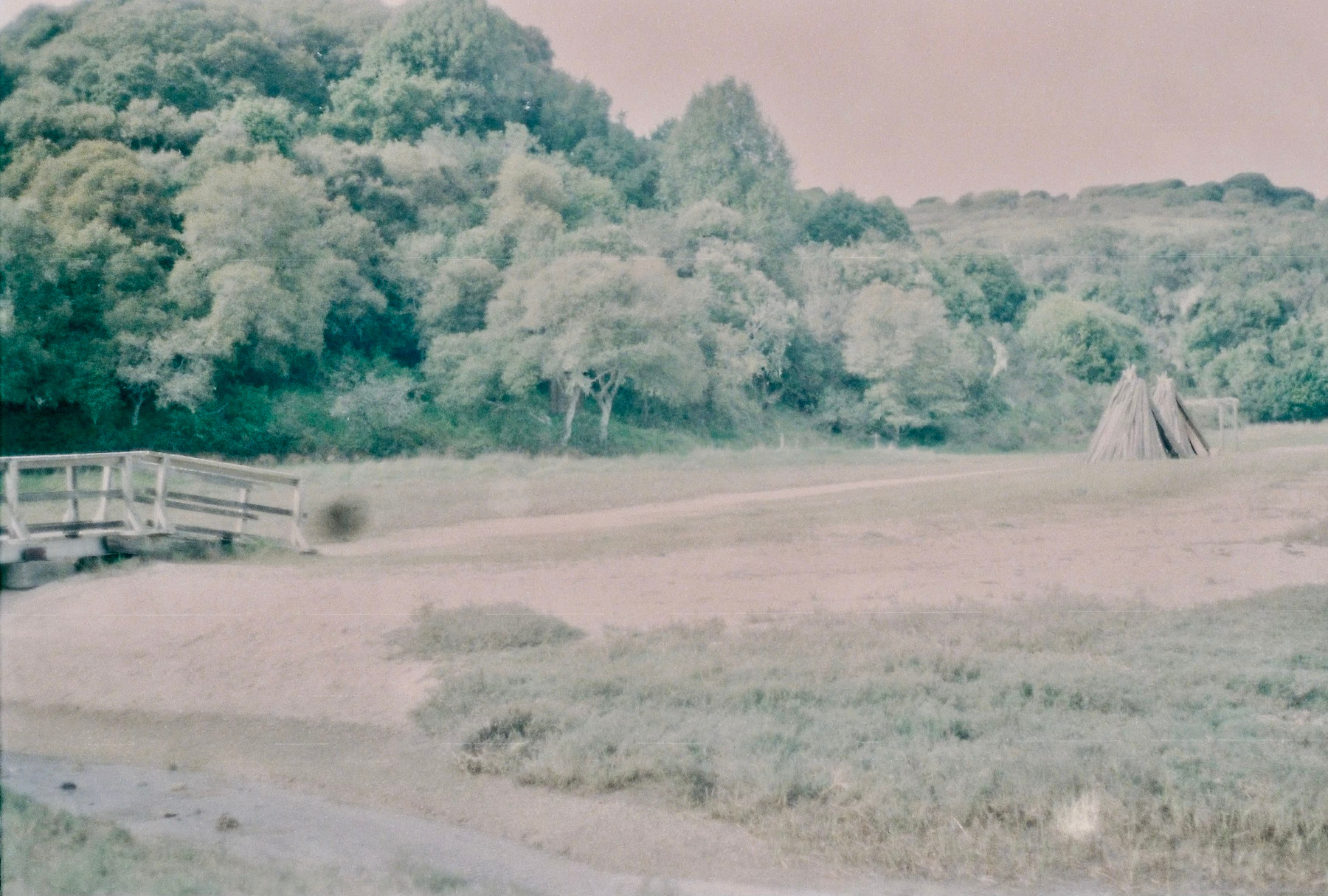
Healing in our Ancestral Home:
Oh, my gosh. I talk to my kids about this all the time. I say, how fortunate [are we] to be able to come here and heal our own trauma and like some trauma that we didn’t realize was passed on in our ancestral lands? I think it’s so profound to be able to do that. It’s..different. It’s different. It’s like you have this support that you can’t even see. Because your ancestors walked here, you understand that…And I almost feel like [healing past trauma] wouldn’t have happen[ed] in the way that it did if it wasn’t here. It’s like it’s a it’s like deja vu, right? It’s like being somewhere and you’re like, dang, I feel like I’ve been here before because you have. Yeah, it’s going to make me cry ((voice tightens)).
Patricia
August 2022


Blue-Eyed Grass:
Part of the Iris family and found in open grassy places. The roots can be used to make a tea to help with upset tummy, heartburn, ulcers, & Asthma

Angelica:
Part of the Carrot family. Roots can be used as a tea for a multitude of purposes including easing menstrual cramps, stomach ache and cold. A very powerful plant with significant medicinal and spiritual properties.

Poison Oak:
Part of the Sumac family. Found in low places and thickets. The ashes can be used for tattooing. Can also be planted to protect ancestors from grave disturbers.
When you're out there with nature, your hands are in the soil. You really get an understanding of the land and, it's also, giving us back our culture. It's super, super important for that, for those plants and those animal resources, because there might be a time where we might need to use those things.
Robin
August 2022
Connecting to Land through Knowledge:
Pepperwood:
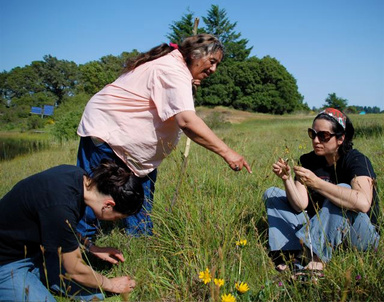
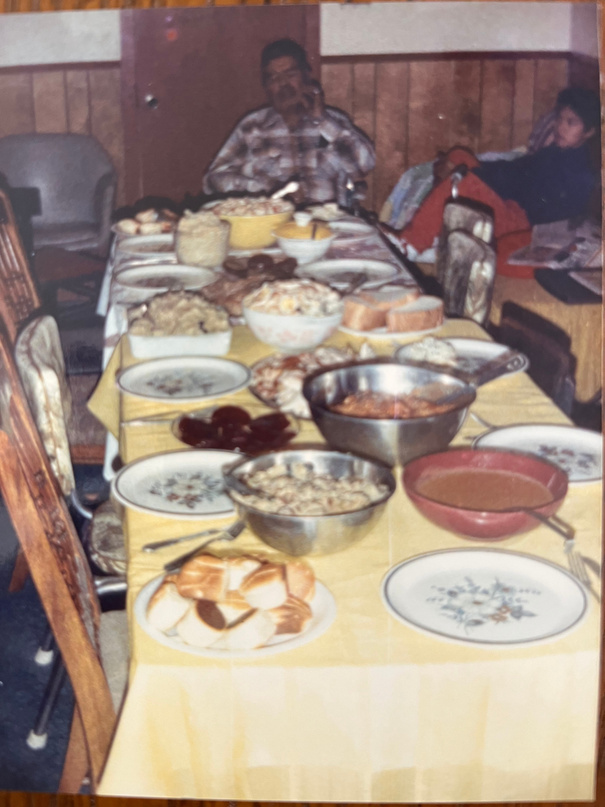

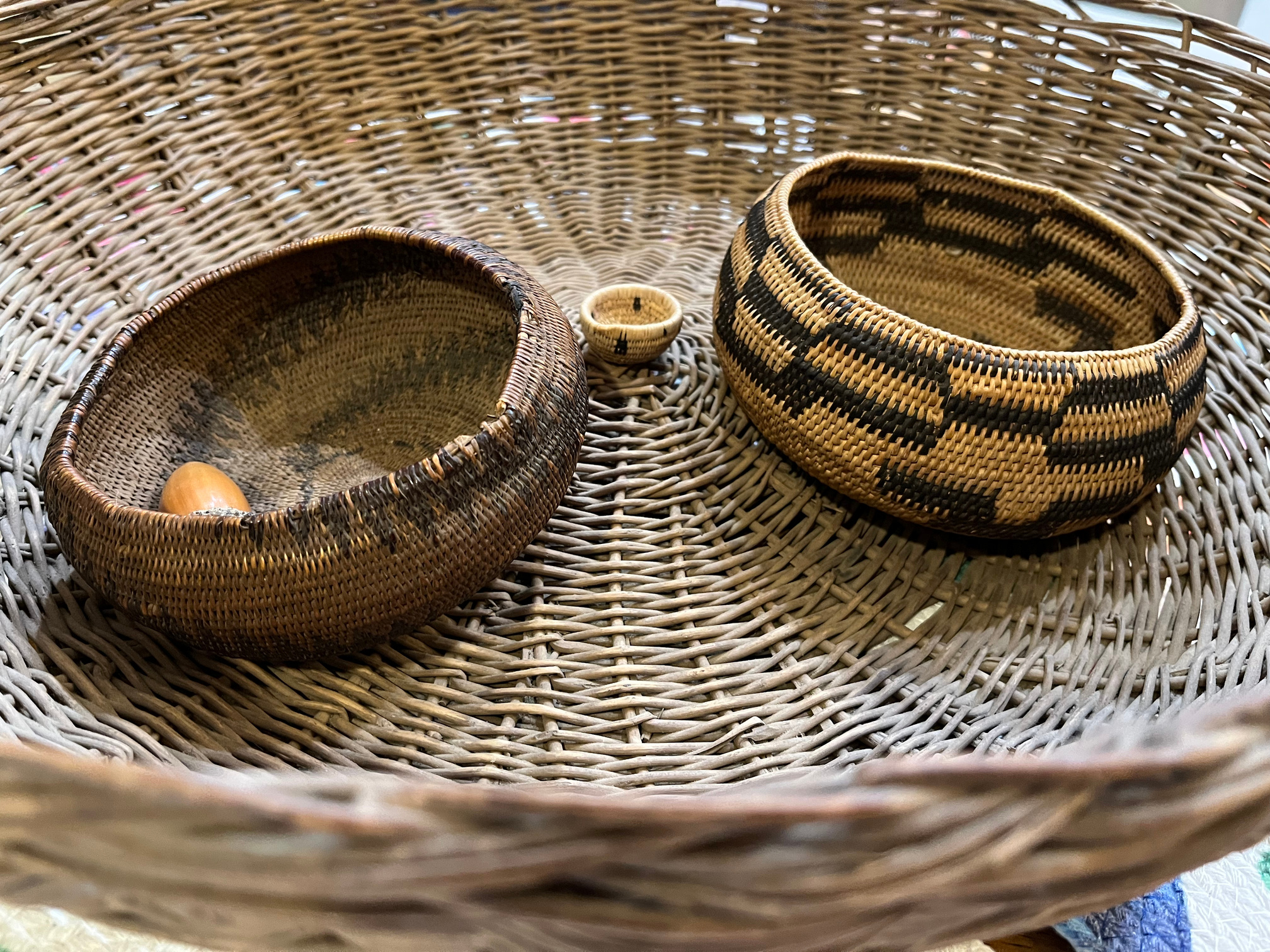

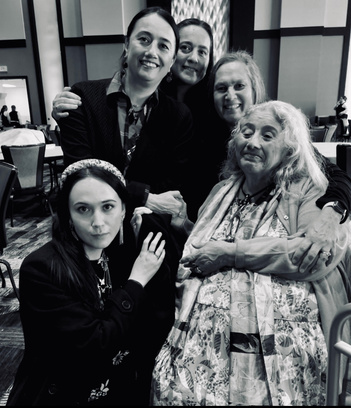

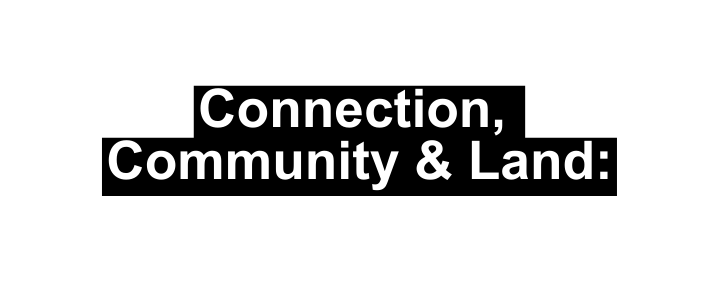



[T]here's so much work to be done that we, you know, it really is important, even if you volunteer for a committee or you come early and help set up for an event or something like that, like anything that you can do, I think it makes a difference. And it's really beautiful to see these generations of youth, never knowing a time when they weren't like completely a part of their tribal community and culture, which I think that is a really a really powerful phenomenon.
Matthew
August 2022
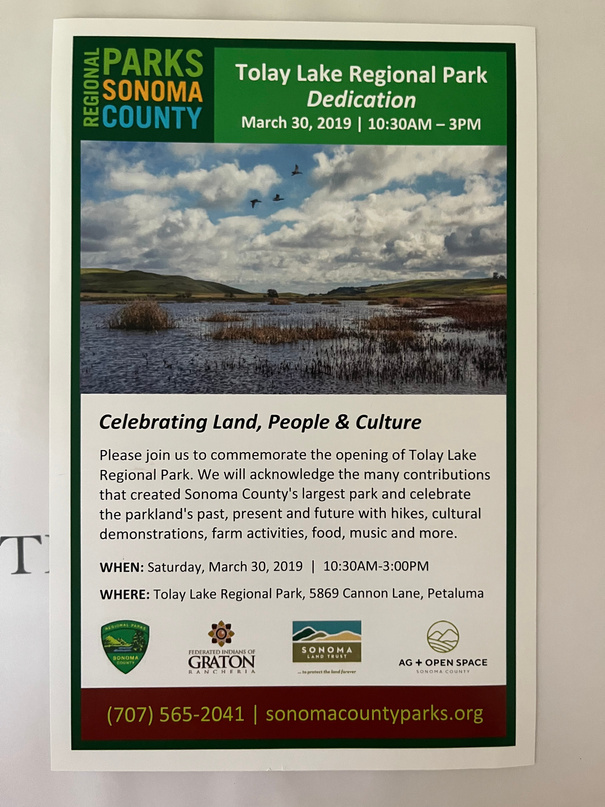

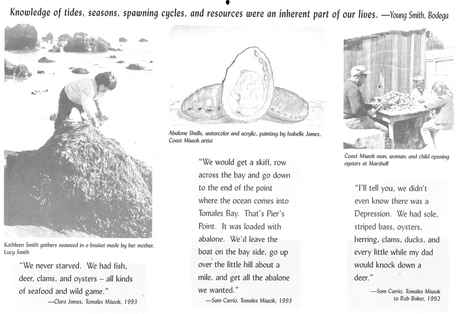


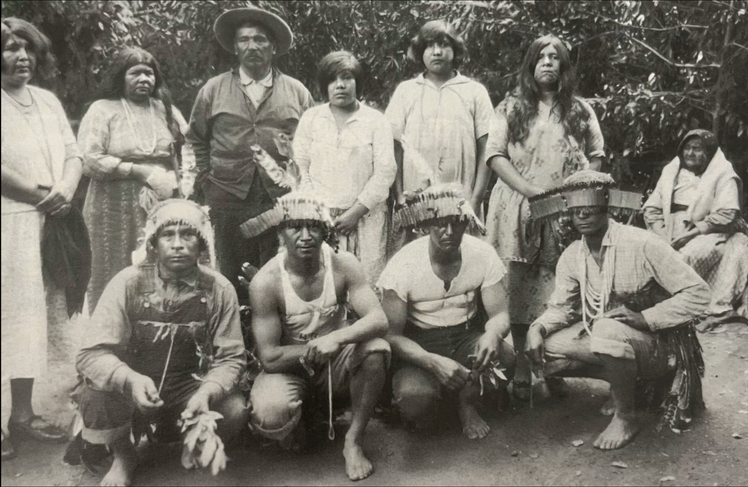
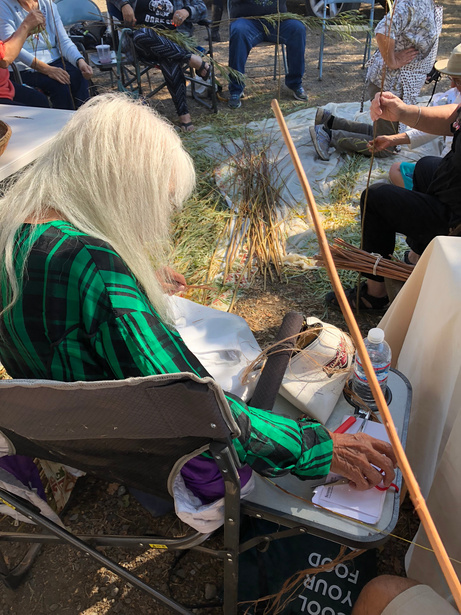

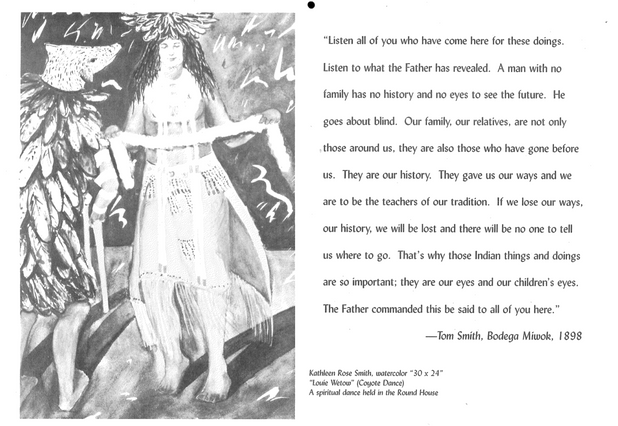

"The Way We Live":

Land as Creator & Kin:
As Patricia notes, there is something profound about being on the land of your ancestors. A connection that can be hard to explain, similar to the unspoken connection between kin, family and loved ones. Robin Wall Kimmerer discusses the way in which a mutual connection of love between self and land leads to a "sacred bond". In discussion with one of my participants, a story that was passed down through the generations, told of the confusion our ancestors had witnessing the destructive overuse of land, settler-colonialists embodied, with no clear repercussions. Though, I would argue that we are currently living in the repercussions exhibited perhaps, most prominently by the fires that have plagued California the past couple of years. The knowledge of, in the words of my family: "living life in a good way", includes being in harmony with the land. For it exists not only within the contexts of spatiality but more deeply as a living, giving, active entity that is an essential part of every day life, and extending beyond the everyday. In a very real way, we belong to the land, our creator.
This is in continued conflict with the colonial capitalistic agenda that hyper values the materiality and resources land can provide. The process of land dispossession in California (as part of the United States) began with the unratified 18 treaties and continues through direct and indirect hostilities, often surrounding land, sovereignty or capital.

Land as Teacher & Parent
Placed-based knowledge in connection to native ways of knowing have shown to be successful in offering legitimate sustainability practices, as well as re-contextualizing knowledge that has frequently been compartmentalized in the westernized academia (Barnhardt & Kwagley, 2011). Furthermore, knowledge, such as basket weaving, historically was inherently tied to understanding land, knowing when to harvest grasses, which plants would turn dark to incorporate into patterns, etc. As one participant shared with me, cultural revitalization cannot exist without the land. Rituals, medicine, weaving, and food harvesting are still practices that have been maintained through the generations, in spite of fracturing and land dispossession.
In more modern times, the tribal gardens on the new Graton Rancheria lands have provided a means of fresh vegetables, flower bouquets and condiments made from surplus, delivered to tribal elders weekly, are indicative of how, as a tribe, the Federated Indians of Graton Rancheria are practicing care for elders through community supported agriculture.

Spatiality of Community Building:
In my short film "The Way We Live", my Grandmother describes a memory she has of harvesting mussels and other Native people gathering to enjoy the mussels together on the historical Graton Rancheria. She describes this as being something meant to be shared. I can imagine this moment as being a joyous one of people coming together and I think of how, to this day, our family gatherings, large or small are frequently around meals, often eaten outside, in nice weather. In old family photos, I would frequently find similar looking gatherings of the past.
In an unused clip, my Grandma discusses with me how, throughout her lifetime, people would often come to the creek behind the three original allotments, looking for certain medicines, knowing they were safe to do so. In this way, even after termination, for a time at least, the land was somewhere safe for California Indian people.
Before the Tribe was restored, there is much in the archival record of Pasta Dinners, Pot Roasts, Strawberry Spring Celebrations, tribal picnics and other kinds of community gatherings. In fact, the restoration of the tribe, was largely accomplished because of hard work, dedication and belief that the people of this region, deserved their sovereign right.
In my opinion, it is in this kind of community building and support that strengthens and heals kinship network fracturing due to continued colonization.
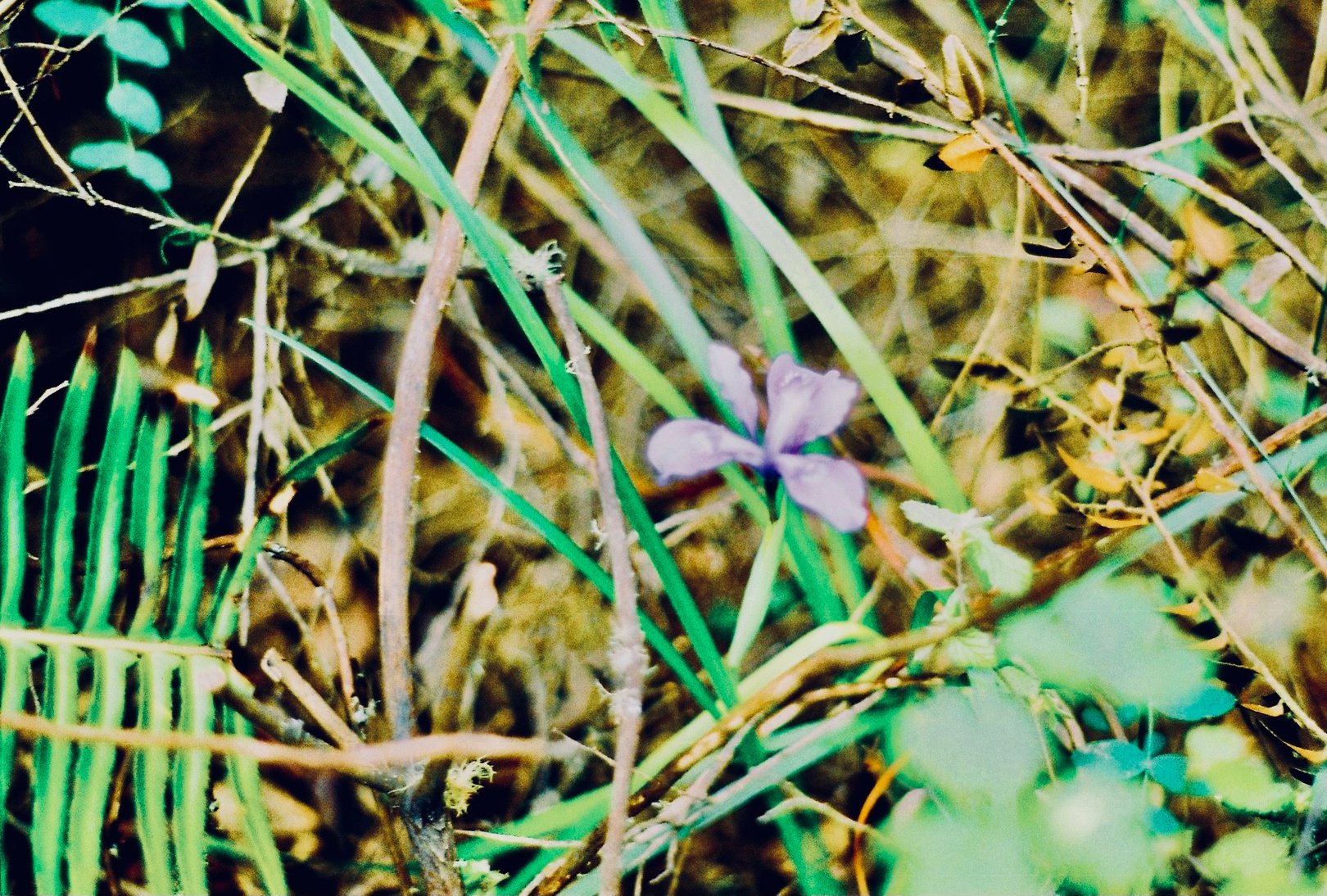
Gratitude:
Being able to be part of the Lemelson Honors Program really shaped my time at UCLA in such a positive light, I wanted to end with a note of gratitude and to give flowers to all those who've made this journey so special.
Firstly, I would like to thank Dr. Robert Lemelson for funding and conceptualizing this program for undergraduate students. The opportunity to do this kind of a research project as an undergraduate is a unique opportunity and an amazing way to deeply understand the anthropological discipline.
I would like to thank Dr. Aomar Boum for your guidance and leadership throughout the five quarters. Thank you for making this program accessible, especially for us incoming transfer and non-traditional students.
I would also like to thank all of the professors who have guided and shaped each quarter during this journey. Dr. Linda Garro, Dr. Doug Hollan, I particularly want to thank you for teaching good anthropological research methods, ethics and always being helpful and patient in the beginning part of the process when I was finding my way. Dr. Tritia Toyota, Dr. Richard Lesure and Dr. Heather Loyd, I want to really thank you all for being so reassuring during the writing and presenting stages, allowing me to be creative while encouraging and pushing me to really do my project the justice it deserves.
I owe a huge thank you to my faculty mentor Jessica Cattelino, I don't even know where to begin! Your guidance has always been exactly what I needed to hear. Thank you for your wisdom when I was steering off track and your encouragement when I was feeling unsure.
I would like to thank Ms. Tracy Humbert for being amazing and helping with the technical aspects summer funding! It was so helpful having you in all of corners, making the challenging managable!
Maddie Yakal, you have been the most incredible TA! From meeting you in Zoom office hours getting guidance for my application to always being so willing to offer your wisdom or even just being a friendly ear when things were feeling overwhelming. I'm so appreciative for the dedication and commitment you have for all of us!
To my cohort, Jesse, Rongji, Paola, Sean, Kendra, Ashley, Huda and Courtney, you all are amazing and talented. I am continuously inspired by all of you and am so grateful that we were all able to be in this process together.
I would like to thank the Tribal Council of the Federated Indians of Graton Rancheria for approving my project and being so welcoming of me!
I would also like to thank the Cultural Department, especially Ms. Buffy for all of your assistance in the technical side of arranging interviews as well as being a resource during my fieldwork.
To my Momma and Dad, thank you for so many things! But especially for always being so down to listen to my writings and for always being willing to let me talk things out, being a sincere voice of encouragement and love.
To my Lila, thank you for being the grounding force, for putting up with me staying up way to late working and always being so encouraging. And for reminding me to eat, wear a jacket and that everything is going to be just fine. I am so happy we are roommates <3!
Lorelle, there is so much to thank you for, especially as I've been working on this project. I am so grateful and proud to be your daughter. There is absolutely no one like you and all that you've done for me, for the Tribe and for our family is beyond commendable. Thank you for always being an inspiration and guiding light for me.
Yana, again, where to even begin? I am so grateful to you for your assistance during my fieldwork and for allowing me to stay with you and Uncle Larry (who also deserves a huge thank you!). But I really have to thank you for all of our late night discussions and always guiding me through the challenges that arose while navigating this very personal project.
And...I would be absolutely remiss, if I didn't thank you for going along with my harebrained scheme of making Lemon Meringue pie in less than an hour (you were very right that it definitely takes longer than an hour).
Grandma, I love you more than I can express in words. Your resilience, creativity, kindness and compassion have guided me my whole life. Thank you for sharing with me always, the story of our family, of our ancestors and our home. I promise, forever, that I will always strive to live my life in a good way, having love in my heart, even in the face of hatred, just as you've shown me.
To all my participants, I don't even have the words to express how much I appreciate what you've given me. Through our talks, I have learned so much about our ancestors, our land and the wisdom that comes from lived experiences. None of what I've been able to write or create would have been possible without you all. I am deeply moved by what you've all shared with me and it has altered how I view the world and understand myself.
Finally, I wish to express my gratitude to my ancestors, I stand on your shoulders, inspired by the strength you've passed down and promise to always honor you, our home and do all that I can to best support my elders, my peers, the next generation and those who have yet to be born.
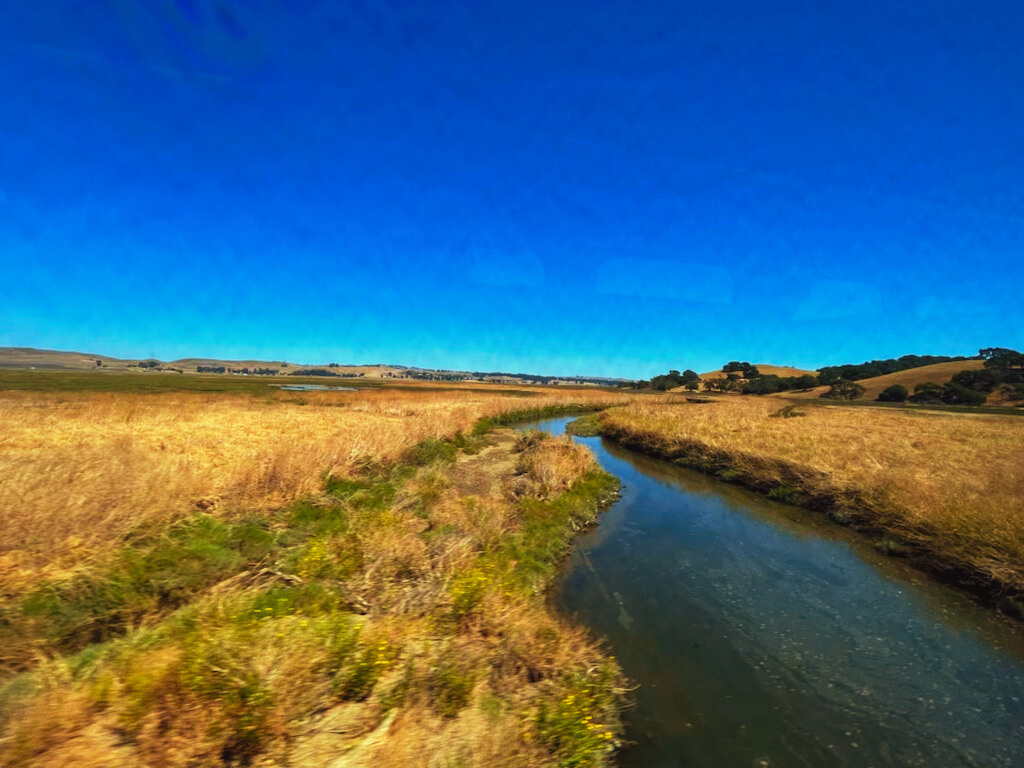
Sources Cited:
- Goodrich, Jane, Claudia Lawson and Vana Parrish Lawson. Kashaya Pomo Plants. Originally published by American Indian Studies Center, UCLA, Heyday Books, Berkeley, California. 1980.
- Miller, Larisa K. "The Secret Treaties with California's Indians". Prologue Magazine, Fall-Winter 2013. https://www.archives.gov/files/publications/prologue/2013/fall-winter/treaties.pdf
- “History.” Federated Indians Graton Rancheria, gratonrancheria.com/culture/history/. Accessed May 20, 2023.
- Google Maps: Sebastopol. Accessed May 21, 2023.
- "California economics regions map" for California Economic Strategy Panel Regions by California Labor Workforce and Development Agency, October 2006 Archived: 1/10/2011 Accessed through commons.wikimedia.org May 21, 2023
- “Who We Are.” Who We Are | Indian Affairs, www.bia.gov/regional-offices/pacific/who-we-are#:~:text=Between%201906%20and%201910%20a,the%20Rancheria%20System%20in%20California. Accessed May 21, 2023
- “Graton Rancheria.” Native-Land Digital, 31 July 2022, native-land.ca/maps/territories/graton-rancheria/.
- Curtis, E. S., Historical Photos of Pomo People. Accessed through commons.wikimedia.com.
